An arborist, tree surgeon, or (less commonly) arborist, is a professional in the practice of arboriculture, which is the cultivation, management and study of individual trees, shrubs, vines, and other woody perennial plants in dendrology and horticulture. In the UK, an arborist can earn grades up to a master's degree. University courses include higher education degrees, such as national certificates and national diplomas, while higher education courses in arboriculture include core, bachelor's and master's degrees. Depending on the jurisdiction, there may be a number of legal issues surrounding arborist practices, including boundary issues, public safety issues, heritage trees of community value; and neighbor issues, such as ownership, obstruction of views, the impact of roots crossing boundaries, annoying problems, quarantines due to diseases or insects, and safety of nearby trees.
A botanist is a scientist who studies or experiments with plants. These plants can include a variety of organisms, including flowers, trees, and algae. Botanists are a type of biologist. While some aspects of this work are done on the ground or in an office, much of it is done by arborists who perform tree services and who climb trees with ropes, harnesses, and other equipment.
Arborists can also evaluate trees for health, structure, safety, or viability within a landscape and in close proximity to humans. All of these disciplines are related, and some arborists have a lot of experience in all areas of tree work, but not all arborists have the training or experience to properly practice each discipline. The protagonist of Italo Calvino's novel, The Baron of the Trees, lives life on the ground as a child and spends the rest of his life swinging from tree to tree in the Italian countryside. An example of this is covering trees, cutting or placing hats, where all the crowns of the trees or main stems are removed, usually cutting transversely the main stem or stems or the leaders, leaving large and unsightly pieces.
Arborists often offer tree removal, wiring or reinforcement services for structural support, transplant and planting or stump shredding, when needed. Arborists generally focus on the health and safety of individual plants and trees, rather than managing forests or harvesting wood (forestry or forestry). The work of an arborist can involve very large and complex trees, or ecological communities and their abiotic components in the context of the landscape ecosystem. Some commonly offered services are considered unacceptable by modern arboriculture standards and can seriously damage, deface, weaken or even kill trees.
Arborists tend to specialize in one or more disciplines of arboriculture, such as diagnosing and treating pests, diseases and nutritional deficiencies in trees, climbing and pruning, cable and lightning protection, or perhaps consulting and writing reports. Homeowners' associations seeking to draft restrictive agreements, or legislative bodies seeking to draft laws involving trees, can seek advice from arborists to avoid future difficulties. The science of horticulture covers a broader spectrum than that of an arborist, whose concern is trees or shrubs. In addition, any tree in the UK can be covered by a tree conservation order and it is illegal to perform any work on a tree, including felling or pruning, before seeking permission from the local council.
An arborist, tree surgeon, or (less commonly) arborist, is a professional in the practice of arboriculture, which is the cultivation, management and study of individual trees, shrubs, vines and other woody perennials in dendrology and horticulture. In recent years, research has shown that wound dressings, such as paint, tar, or other coatings, are unnecessary and can damage trees. .
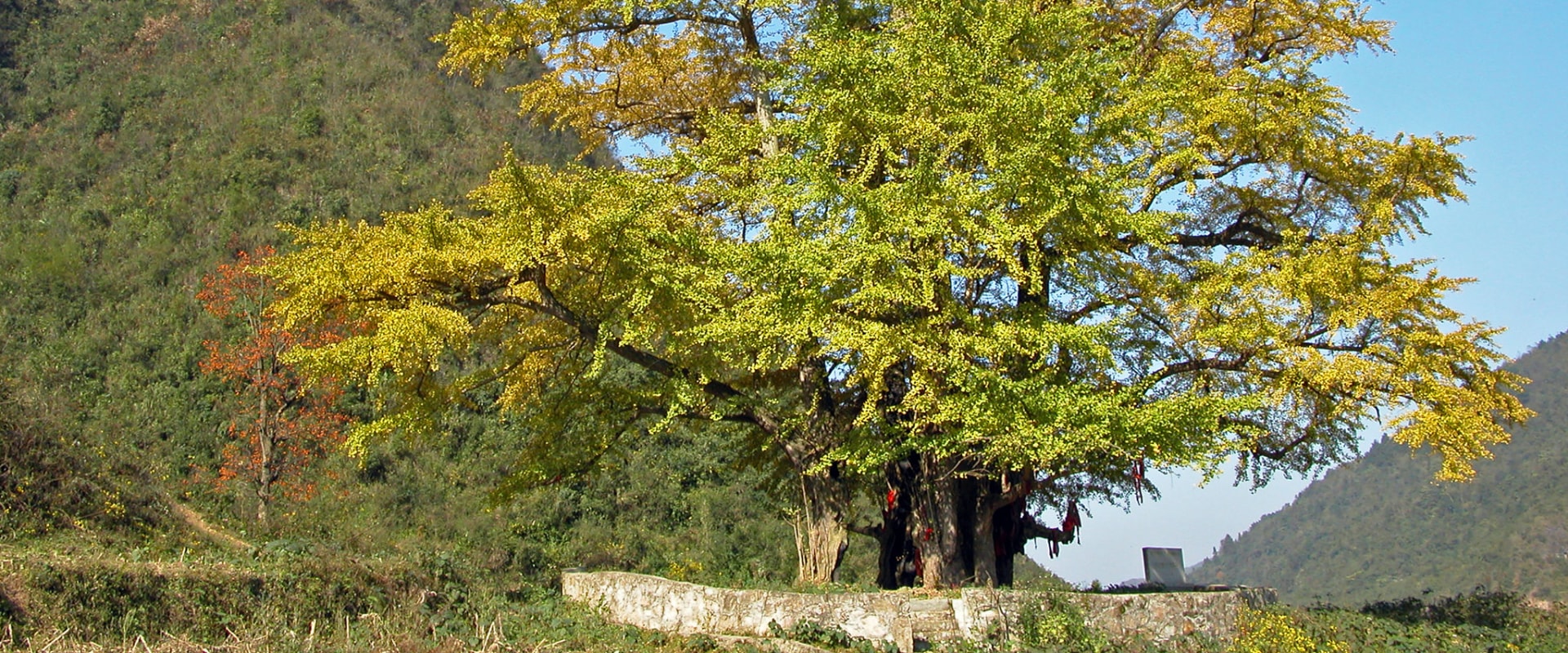

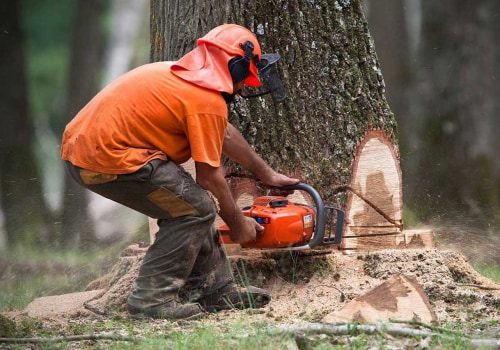


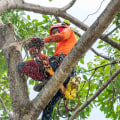
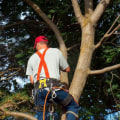
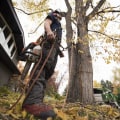
Leave Message